The Eb chord is one of the most commonly used chords in music. Learning how to play this chord on the piano is essential for any pianist, and it can be easily learned through piano lessons.
Playing the eb chord and its eb inversions might seem daunting, but it can be a breeze with the proper guidance.
his blog will break down the process into easy-to-follow steps, providing you complete guide on how to play eb piano chord.
What is the Eb Chord?
The Eb chord on the piano, also known as the E-flat chord, is a major chord built on the 1st, 3rd, and 5th notes of the major scale. The word "Eb" is an abbreviation for "E Flat".

In music theory, a "b" is a flat sign. serve as the building blocks of music and are used to create harmony and structure in a piece.
The root note Eb is crucial in identifying and playing the E-flat chord, also known as the treble clef, on the piano. The Eb major chord is a triad consisting of the notes Eb, G, and Bb.
A triad, or set of three notes, makes up the E-flat chord, which is really just a chord in the family of major chords.
In the key of Eb major, the I (one) chord is the tonic chord, which means it has a stable, home-like quality.
It is commonly used in music to establish a sense of resolution and stability.
The chord is constructed with a root (Eb), a major third (G), and a perfect fifth (Bb). → E♭ (black key) → G (white key) → B♭ (black key)
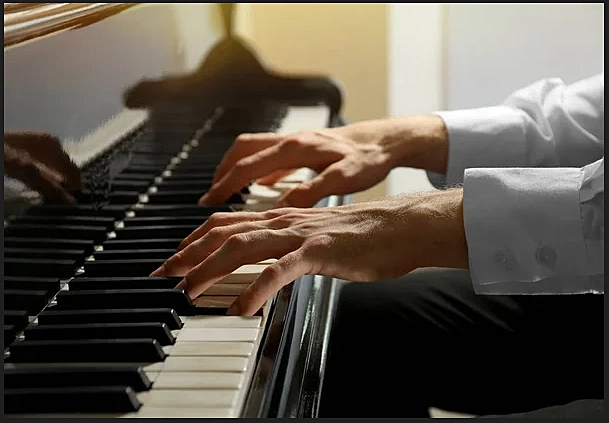
1. Identifying the Eb Chord
On the Piano → To find Eb on the piano, start on E, right below middle C. → Go down one half-step to Eb. → The Eb chord uses the Eb, G, and Bb notes.
2. Is Eb Major on the piano the same as D# Major?
Are the chords in D# major and Eb major the same? The answer is- Yes! Eb major and D# major are the same on the piano. This is because the piano keyboard is a repeating pattern of 12 notes, and Eb and D# are enharmonic equivalents, meaning they sound the same but have different names.
The key of Eb major has 3 flats - Bb, Eb, and Ab.
The key of D# major also has 3 sharps - D#, G#, and C#.
Eb – G – Bb OR D# – F## (double sharp) – G# → The tonic chord is Eb major (Eb G Bb) in Eb, and is D# major (D# G# C#) in D#. These are enharmonically the same chord. → The IV chord is Ab major (Ab C Eb) in Eb, and is G# major (G# C# D#) in D#. Again, enharmonically the same. → The V chord is Bb major (Bb D F) in Eb, and is C# major (C# F# G#) in D#.
The same chords are written differently. Sharps and flats are enharmonic equivalents, meaning D# is the same note as Eb, G# is the same as Ab, and so on. So Eb major and D# major contain exactly the same notes and are the same key signature written in two different ways.
The only difference is whether you call the tonic note Eb or D#. So, Eb major and D# major are just two names for the exact same key signature and contain the same notes, intervals, and chords. Musicians simply choose which name to use based on what is easier to read or write.
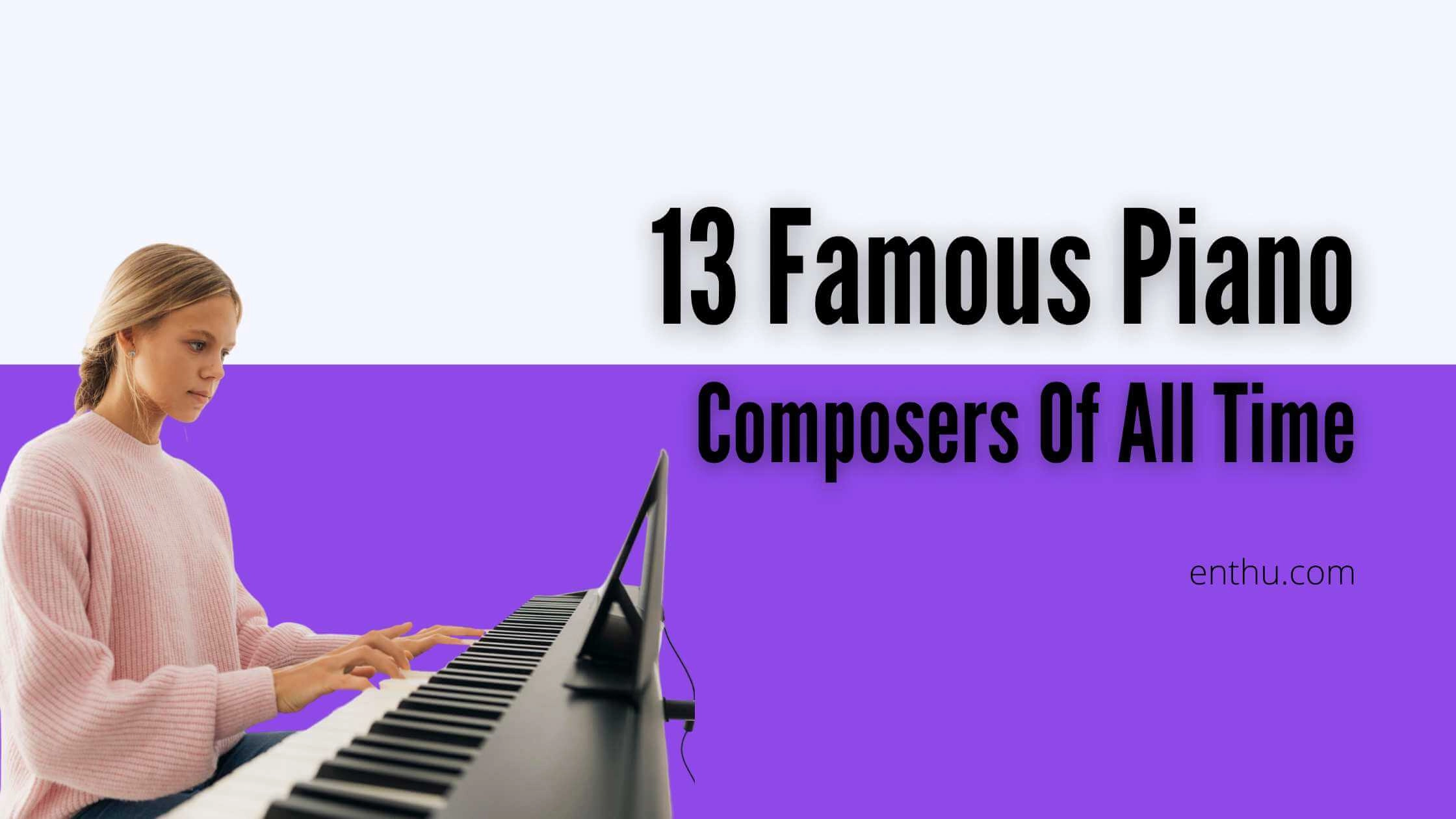
3. Finger Placement
To play an E-flat major piano chord, you will need to press down the following three keys with your right hand:
E-flat (the second black key in the set of two black keys)
G (the fourth white key to the right of E-flat)
B-flat (the third white key to the right of G) You can also play an E-flat major chord with your left hand, but the
You can also play an E-flat major chord with your left hand, but the fingering will differ slightly. To play the E-flat major chord with your left hand, use the following fingers:
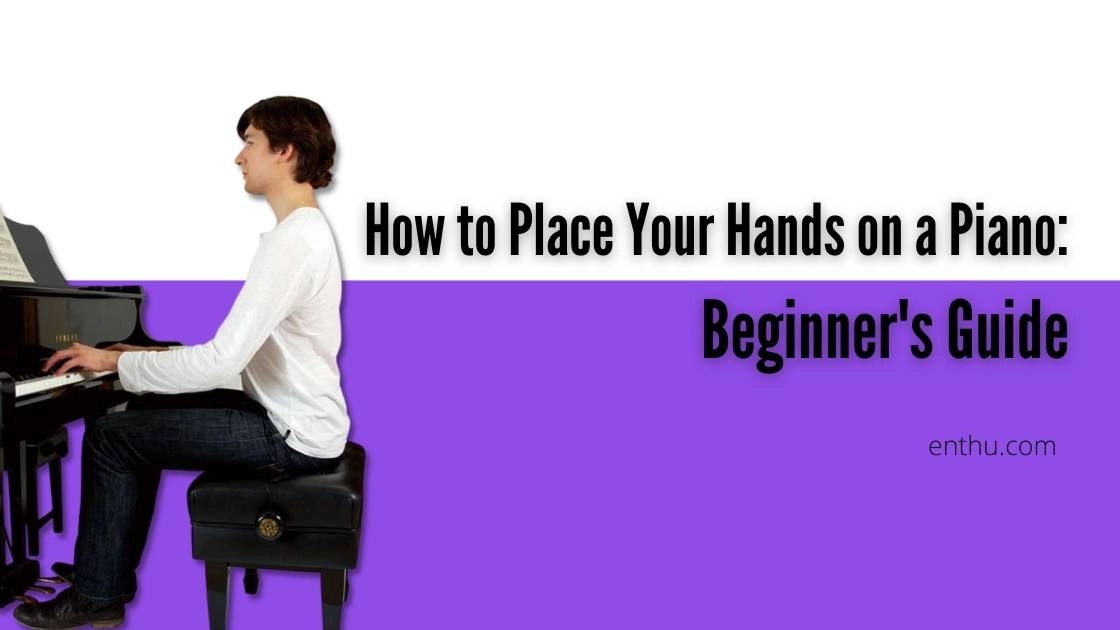
E-flat (fifth finger)
G (third finger)
B-flat (first finger) Keep your fingers curved and relaxed.
Keep your fingers curved and relaxed.
How to Play eb Piano Chord?
Eb Chord in Root Position The E-flat chord has three notes in its regular form (root position): Eb, G, and Bb. Also note that the first and third notes will be flats, while the center will be a white key.
Here is a diagram of the E-flat major chord on the piano keyboard: [Eb] [G] [Bb] Once you have found the correct notes, here is the way to play the Eb chord in

Play the Eb chord in the root position by playing the notes Eb, G, and Bb together simultaneously.
Use your thumb on Eb, middle finger on G, and little finger on Bb.
Hold down all three notes at the same time to play the chord.
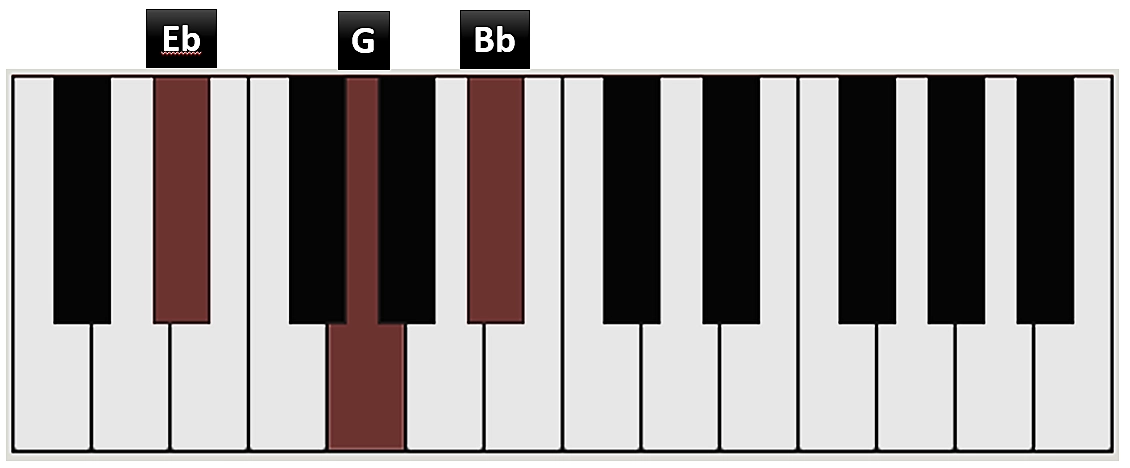
1. Common Eb Chord Variations
The following table shows the fingerings for the left and right hands:
Chord | Left-Hand Fingering | Right-Hand Fingering |
Eb | 5 | 1 |
G | 3 | 3 |
Bb | 1 | 5 To play an Eb major chord on the piano, you will need to use the following fingers: |
To play an Eb major chord on the piano, you will need to use the following fingers: → Left hand: B♭ (first finger), G (third finger), E♭ (fifth finger) → Right hand: E♭ (thumb), G (middle finger), B♭ (little finger).
The notes of the Eb major chord are E♭, G, and B♭. To play the chord, press down on all three notes simultaneously.

Left hand: B♭ G E♭ 1 3 5 Right hand: E♭ G B♭
2. First Inversion
Chord - Eb/G Eb first inversion is also known as "Eb/G" because the G is now on the bottom. Move the root note (E♭) up an octave to play the Eb major chord in the first inversion.
The fingering for this inversion is: → Left hand: G (first finger), B♭ (second finger), E♭ (fifth finger) → Right hand: B♭ (thumb), G (middle finger), E♭ (little finger)

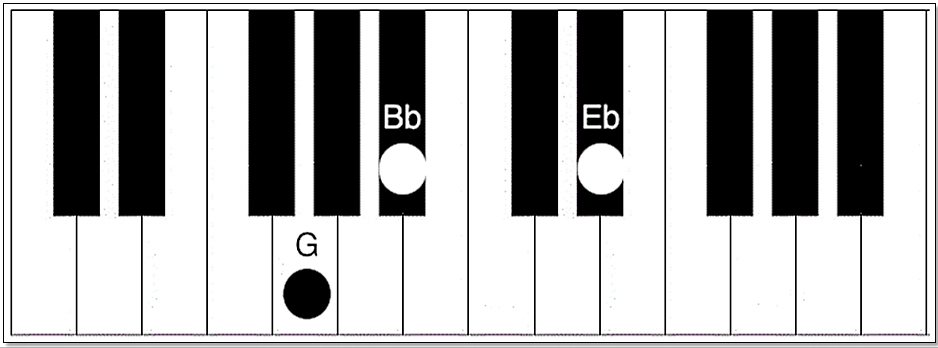
3. Second Inversion
Chord- Eb/Bb Eb second inversion is known as Eb/Bb. Move the root note (E♭) up two octaves to play the Eb major chord in the second inversion.
The fingering for this inversion is: → Left hand: B♭ (first finger), E♭ (third finger), G (fifth finger) → Right hand: G (thumb), B♭ (middle finger), E♭ (little finger)
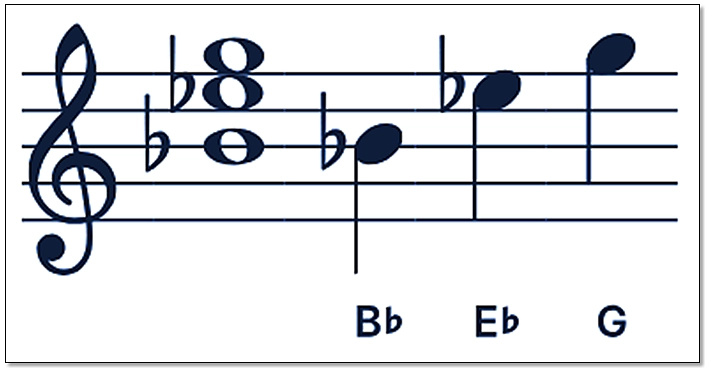
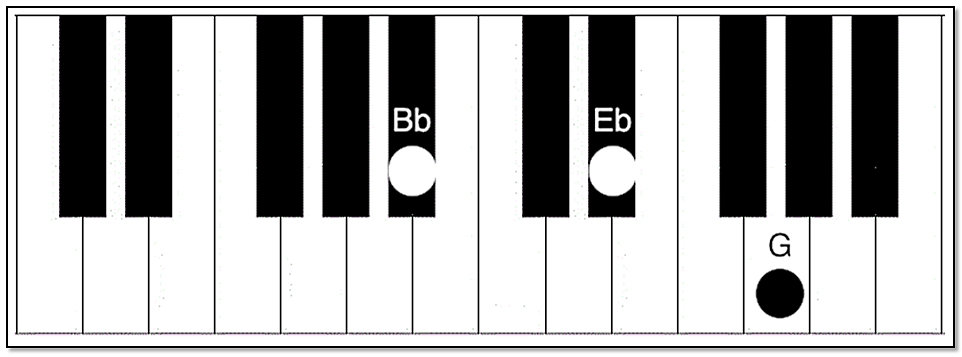
4. Variations of the Eb chord include
Eb Major 7 (EbMaj7) | This chord adds the D note to the basic Eb major chord, creating a richer and more colorful sound. The notes in an EbMaj7 chord are Eb, G, Bb, and D. |
Eb Dominant 7 (Eb7) | This chord introduces a D note, just like the EbMaj7, but it also includes a Db (D-flat) note. The notes in an Eb7 chord are Eb, G, Bb, and Db. It has a more tense, bluesy quality than the major 7th chord. |
Eb Minor (Ebm) | This chord is derived from the Eb major chord by lowering the G note to Gb. The notes in an Ebm chord are Eb, Gb, and Bb. It has a somber, minor sound. |
Eb Minor 7 (Ebm7) | This chord extends the Eb minor chord, including the D note and Eb, Gb, and Bb. The notes in an Ebm7 chord are Eb, Gb, Bb, and D. It has a jazzy or bluesy character. |
Eb Diminished (Ebdim) | This chord consists of Eb, Gb, and A notes. It has a dissonant and unstable quality and is often used as a passing chord in music. |


Conclusion
Playing the Eb chord on the piano is a simple skill that can add depth and variety to your music. Once you've mastered the basics of playing the Eb chord, including using your index finger, you can experiment with different ways to use it in your music.
No matter how you choose to use it, the Eb chord is a versatile and powerful tool that can help you create beautiful and expressive music especially when played in the 1st inversion.
So what are you waiting for? Start practicing today and see how to use the Eb chord, along with other basic chords, and chord inversions, to enhance your music.
If you're looking for more tips on how to play the piano, be sure to check out our other blog posts and resources. We have many helpful resources and blogs to help you learn more about the piano and improve your skills. Learn more about our piano courses!
FAQs
1. What three notes make up the Eb chord on the piano?
The Eb chord consists of the notes Eb, G, and Bb.
2. How should you position your fingers to play the Eb chord on the piano?
Place your thumb on Eb (1), your middle finger on G (3), and your pinky finger on Bb (5). Keep your fingers curved and relaxed.
3. What is the importance of ear training in learning to play the Eb chord effectively?
Ear training helps you recognize the sound of the Eb chord in various musical contexts, making it easier to play with others and improvise.

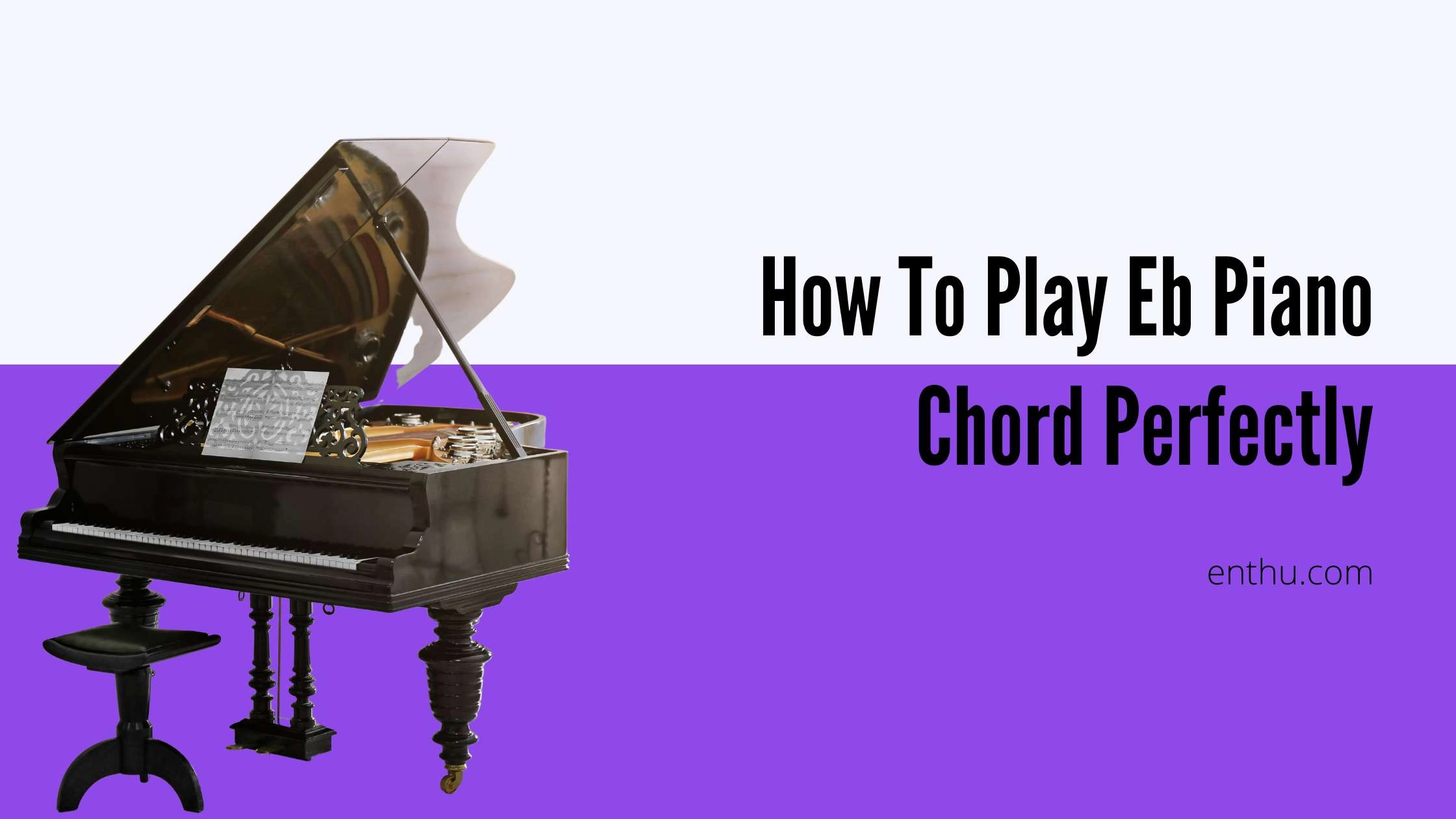
Comments